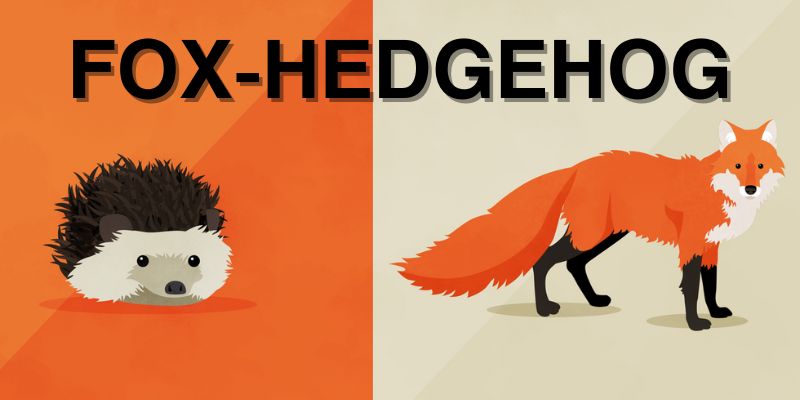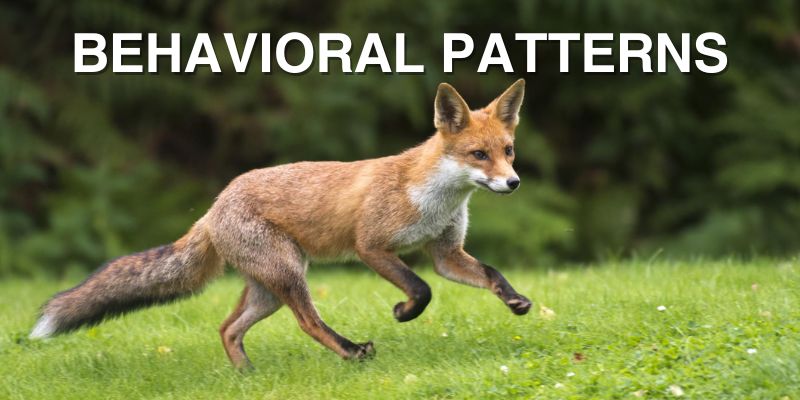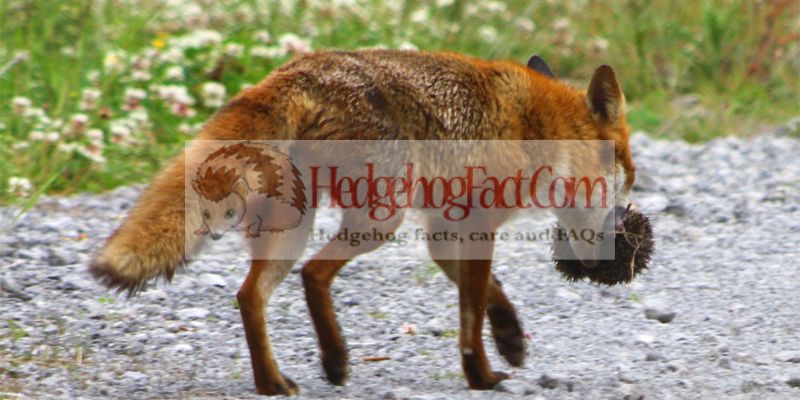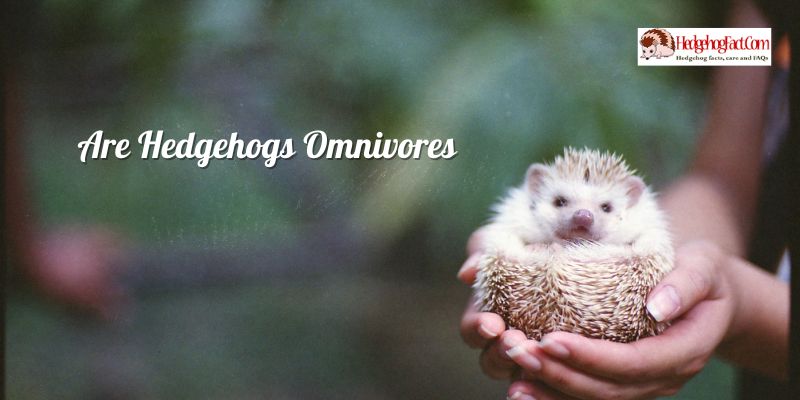The age-old question of whether foxes eat hedgehogs has intrigued nature enthusiasts and animal researchers for years. The interaction between these two species highlights the complexities of predator-prey relationships in the wild. Foxes, known for their adaptability and opportunistic hunting behaviors, have been observed preying on a variety of small mammals, birds, and insects. However, the specific relationship between foxes and hedgehogs has gained particular attention due to the unique characteristics of both animals. In this comprehensive exploration, Hedgehogfact delve into the intricacies of the “do foxes eat hedgehogs” debate, shedding light on the ecological factors, behaviors, and evolutionary dynamics that contribute to this phenomenon.
The Fox-Hedgehog Dynamic
Foxes, belonging to the Canidae family, are highly adaptable mammals found in various ecosystems worldwide. They are opportunistic predators with a diverse diet that includes small mammals, birds, fruits, and insects. Hedgehogs, on the other hand, are nocturnal insectivores characterized by their spiny coat and unique defense mechanism of curling into a ball when threatened.

The question of whether foxes eat hedgehogs is rooted in the overlapping habitats and territories of these two species. Both foxes and hedgehogs are common in urban and rural environments, leading to occasional encounters that may result in predation. To unravel the mysteries surrounding this dynamic, it’s essential to examine the ecological context, behavioral patterns, and the evolutionary history of foxes and hedgehogs.
Ecological Factors
The ecological factors influencing the predation of hedgehogs by foxes are multifaceted. Habitat overlap is a significant factor, as both species are known to inhabit similar environments. Foxes, being adaptable creatures, can thrive in a range of ecosystems, from woodlands and meadows to urban areas. Hedgehogs, too, are found in diverse habitats, including gardens, parks, and wooded areas. This overlap increases the likelihood of encounters between foxes and hedgehogs, setting the stage for potential predation.
Furthermore, the availability of alternative food sources plays a role in the fox-hedgehog dynamic. Foxes are known to have a varied diet, and their choice of prey may depend on seasonal fluctuations in food availability. If other food sources are scarce, foxes may be more inclined to target hedgehogs as a readily available and energy-rich option.
Behavioral Patterns
The behavioral patterns of foxes and hedgehogs also contribute to the likelihood of predation. Foxes are skilled hunters, utilizing their keen senses of sight and hearing to locate potential prey. Hedgehogs, while equipped with spines for defense, may not be a match for the agility and predatory instincts of foxes. When confronted, hedgehogs typically rely on their ability to roll into a protective ball, but this defense mechanism may not be foolproof against determined foxes.

Foxes are crepuscular and nocturnal animals, meaning they are most active during dawn and dusk. Hedgehogs, being primarily nocturnal, share overlapping periods of activity with foxes. This increases the chances of encounters between the two species during their respective hunting and foraging expeditions.
Evolutionary Dynamics
The evolutionary dynamics between foxes and hedgehogs have shaped their interactions over time. Both species have evolved strategies for survival, with foxes developing efficient hunting techniques and hedgehogs evolving defensive mechanisms. The coexistence of these species reflects an ongoing evolutionary dance where each adapts to the presence of the other.
Foxes, as generalist predators, have thrived in various environments by exploiting diverse food sources. Hedgehogs, in turn, have developed spines and a nocturnal lifestyle as strategies to avoid predation. The interplay between these evolutionary adaptations determines the outcome of their encounters in the wild.
“Do Foxes Eat Hedgehogs?” – Observations and Studies
Scientific studies and observations provide valuable insights into the question of whether foxes eat hedgehogs. Researchers have documented instances of foxes preying on hedgehogs in different geographic locations and ecosystems. These observations, coupled with the analysis of fox and hedgehog diets, contribute to our understanding of the dynamics between these two species.

In a study conducted in urban and suburban areas, researchers found evidence of foxes consuming hedgehogs in a significant proportion of observed cases. This suggests that, in certain environments, the predation of hedgehogs by foxes is not an isolated occurrence but rather a recurring phenomenon. The study also highlighted the impact of urbanization on the interactions between these species, emphasizing the need for conservation efforts to maintain biodiversity in human-altered landscapes.
Similarly, studies in natural habitats have provided valuable data on the dietary preferences of foxes. Hedgehogs were identified as part of the fox diet, with evidence suggesting that foxes may actively seek out and consume hedgehogs when other food sources are limited. These findings align with the idea that the relationship between foxes and hedgehogs is influenced by ecological factors and the availability of alternative prey.
Conservation Implications
Understanding the dynamics of the fox-hedgehog relationship has implications for conservation efforts, especially in urbanized areas where both species coexist. Hedgehogs, already facing challenges such as habitat loss and road mortality, may be further impacted by predation from foxes. Conservation initiatives that focus on preserving and enhancing hedgehog habitats while managing fox populations can contribute to the coexistence of these species in shared environments.
Conclusion
In the ongoing debate of “do foxes eat hedgehogs,” the answer is not a simple yes or no but a nuanced exploration of ecological, behavioral, and evolutionary factors. Foxes and hedgehogs, each with their unique adaptations, navigate a complex relationship shaped by habitat overlap, food availability, and evolutionary history. Scientific studies and observations provide valuable insights into the predation dynamics between these species, emphasizing the need for conservation measures to maintain biodiversity in the face of urbanization and habitat alteration. As we continue to delve into the mysteries of the natural world, the fox-hedgehog dynamic serves as a captivating example of the intricate interplay between predator and prey in the wild.





